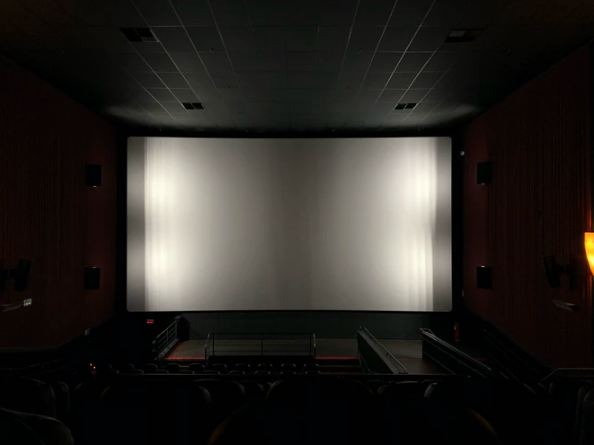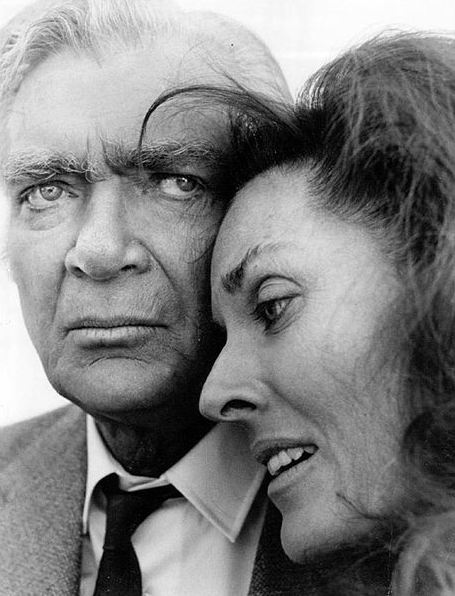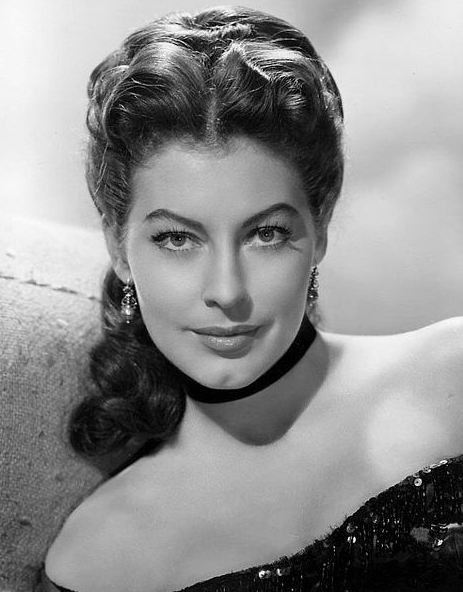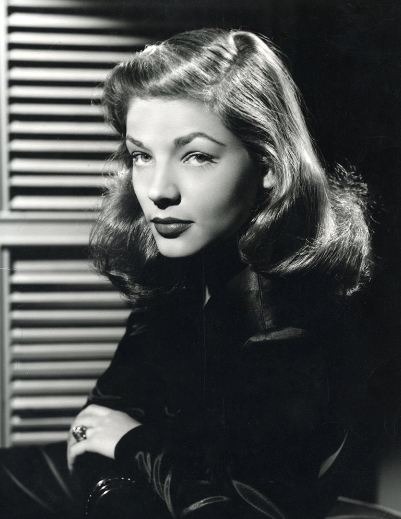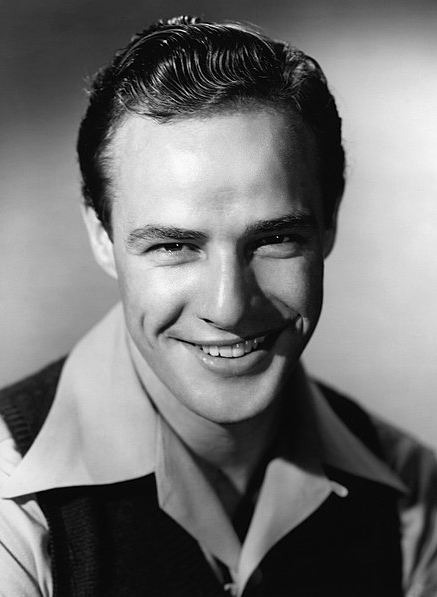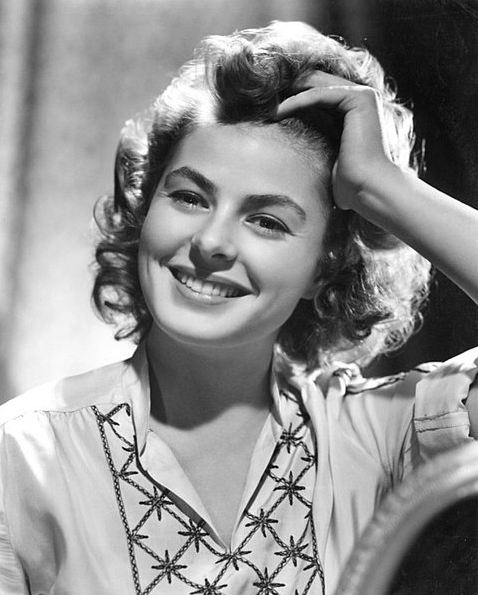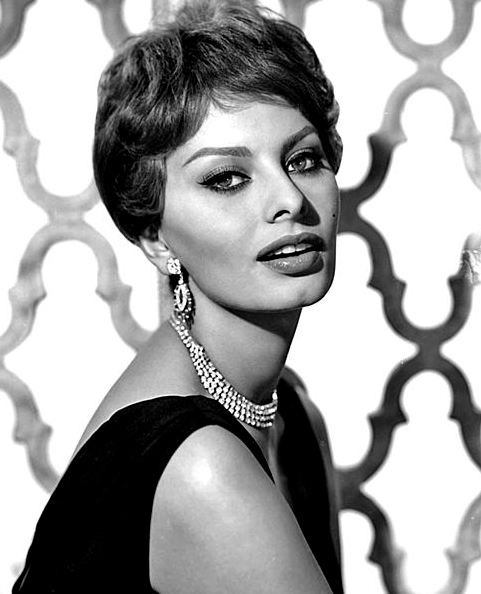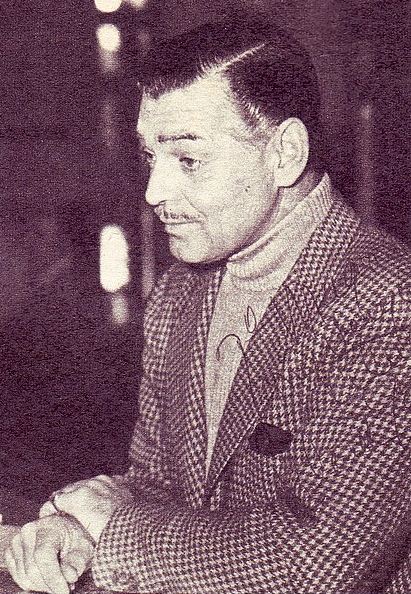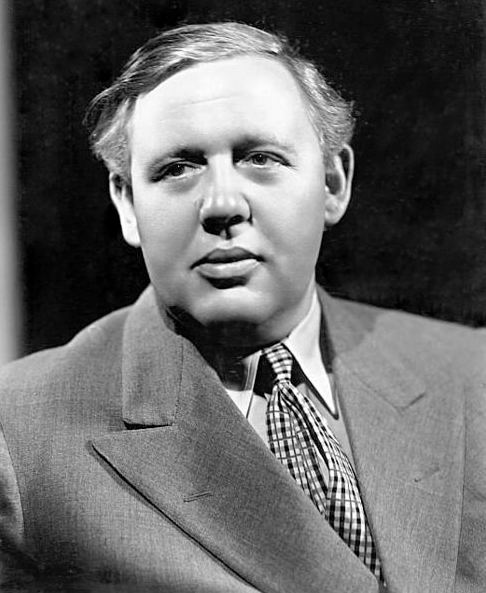At the present time, watching movies is one of the best pastime activities for many people. With the technology that we have today, it is very easy to watch movies. Aside from visiting theaters, we can watch movies at home via online streaming platforms, not just on televisions but as well as on other smart devices like tablets and smartphones. This means that movies are always available 24/7.
As you watch your favorite movies over and over again using your high-tech devices, have you ever thought about how people watch movies back then? Have you ever heard about the term “silver screen” when pertaining to movies? Why do you think it is called the silver screen? If you’d like to learn more about it, read on as we’re giving you the ultimate guide to the silver screen era.
Why is it called the “Silver Screen?”
In 1910, when English speakers first started attending “the pictures,” movie screens were coated with reflective metallic paint, which resulted in a silver surface to display the projected images better. The silver screen was invented by Akron, Ohio projectionist Harry Coulter Williams. It was called the “Williams Perlite,” which was an all-purpose, tear-proof, vinyl plastic indoor motion picture screen installed in major movie houses.
When the 1920s came, the term “silver screen” moved beyond the literal realm and into a metaphorical territory to refer to the cinema in general. From then on, people started calling the cinema the silver screen.
The History of the Silver Screen
From the time first experimental movies began to appear out of the laboratories of film inventors from different parts of the world and organized production of movies started, film creators attempted to expand their knowledge about the medium. They explored new ways of storytelling and tried to show audiences the marvels of the moving silver screen.
The film industry, with more than 100 years of experience, managed to reinvent itself a lot of times, changing its fashion almost every decade of its history. Let us take a look at the important silver screen eras:
The Pioneer Era (1895 – 1910)
Filmmakers, without any experience and only having simple gear for recording and reproducing film, began testing the new storytelling medium by making film reels that were focused on the recording of stage plays, documentaries, and news. It was in the early 1900s when the first resolute film narration began appearing when George Melies “A Trip to the Moon” was released in 1905. These were 5-minute-long short stories that became very popular. After that, filmmakers began to compete with Melies and his “trick” filmography.
The Silent Era (1911 – 1926)
Silent movies started to become very popular in the United States and Europe, with American filmmakers starting their organized production. During these times, films began to be longer and slightly edited. Minimal sound effects and music tracks were also used but without any dialogues. These films put emphasis on professional-made narrative drama, comedies, and romances. Among the many silent film stars, one of the most phenomenal was Charlie Chaplin. You can check out our Ultimate Guide to Silent Movies for more information.
Also, if you are interested to learn more about Charlie Chaplin, you can read our Ultimate Guide to Charlie Chaplin.
Talkies and the Growth of the Hollywood Studios (1927 – 1940)
It was in 1927 when Hollywood reinvented itself when “The Jazz Singer,” a Warner Bros. bold experimentation, was released. It was the first feature-length sound movie made and promoted in the United States. The change enabled theaters to grow, new genres to be made, such as horror and monster movies, and as well as bigger stars to appear on the silver screen. There were five big Hollywood studios that reigned supreme, with India and Europe creating their own large markets full of talented filmmakers. However, when World War 2 came, everything changed.
The Golden Era of Film and Restructuring of Hollywood (1941 – 1954)
The Great Depression of the 1930s enabled the arrival of new audiences and new filmmakers. World War 2 also brought new kinds of films. These have better production values and film technologies. During these times, audiences started enjoying slapstick films, comedies, gangster films, and as well as a few science fiction films. With stars such as Audrey Hepburn, Humphrey Bogart, Fred Astaire, and more, Hollywood indeed became a worldwide phenomenon and trendsetter.
Silver Screen Changes (1955 – 1976)
Audiences were given more choices with the advent of television and its organized production capabilities. This forced cinemas to fight against television with film productions that evidently surpassed anything that could be seen on TV. During these times, cinema movies became more mature and experimental. Many foreign films also began to appear in cinemas in the United States, and circulation rights were in flux. At the end of the era, Hollywood explored mature themes, which led to the formation of the Motion Picture Association of America, or MPAA, which provided ratings for cinema movies.
The Emergence of Modern Film Industry and Appearance of Blockbusters (1977 – the late 1990s)
Hollywood was revolutionized by the rapid advances in film production techniques and the early age of computer-generated special effects. These were best seen when Star Wars was released in 1977. It was the first true blockbuster that showed Hollywood how to make true worldwide media events that could earn them huge amounts of money. The storylines and plot complexity of movies take a hit, but these movies still remained very entertaining.
The Modern Film Industry
At the present time, films are being created all over the world. Some of the major business centers are the United States, Canada, France, UK, Germany, Italy, India, and Hong Kong. Also, movies are now in digital forms, which are easier to create and distribute.
Best Stars of the Silver Screen
If you are wondering about the popular stars of the early days of cinema, here’s a list of the best stars on the silver screen:
Buddy Ebsen
Buddy Ebsen was an actor, comedian, and dancer. His career lasted for seven decades. He started his film career in Broadway Melody of 1936. In addition to that, he was also chosen to appear in The Wizard of Oz as the Scarecrow but then changed to the Tin Man. However, before the filming started, he fell ill due to the aluminum dust in his makeup and was forced to drop out. You can learn more about this by reading our article, How Buddy Ebsen Lost Out on the Role of the Tin Man in the Wizard of OZ – Stars of the Silver Screen. Some of the other silver screen films he appeared at include They Met in Argentina in 1941, Sing Your Worries Away in 1942, and Breakfast at Tiffany’s in 1961.
Ava Gardner
Ava Gardner was an actress and singer. Her first contract with Metro-Goldwyn-Mayer or MGM was in 1941. She started appearing in small roles until she drew the attention of critics with her performance in Robert Siodmak’s film noir The Killers. During the 1950s, she established herself as a leading lady and one of the era’s top stars. You can learn more about her life and career by reading our article, Ava Gardner: The Rags-To-Riches Silver Screen Star.
Lauren Bacall
Lauren Bacall was an actress and named as the 20th-greatest female star of classic Hollywood cinema by the American Film Institute. She started as a model and debuted in the film industry at the age of 19, being the leading lady in To Have and Have Not in 1944. She was very popular for her alluring, sultry looks and her husky voice. To learn more about her works and life, you can read our article, Lauren Bacall: The Sultry-Voice Star of the Silver Screen.
Marlon Brando
Marlon Brando was an actor and film director who had a career of 60 years. During those times, he won a lot of awards. He is viewed as one of the finest and most influential actors in the 20th-century film. He gained popularity and as well as his first Academy Award nomination for Best Actor in a Leading Role for reenacting the role of Stanley Kowalski in the 1951 film adaptation of the play A Streetcar Named Desire by Tennessee Williams. If you want to learn more about his works and life, you can read our article, Marlon Brando: A Silver Screen Star.
David Niven
David Niven was an actor, novelist, and memoirist. He won an Academy Award for Best Actor for his role as Major Pollock in the 1958 film Separate Tables. In addition to being an actor, he also attended the Royal Military College and graduated in the British Army as a second lieutenant. Find out more about his life and career by reading our article, David Niven: A Silver Screen Star.
Ingrid Bergman
Ingrid Bergman was an actress who starred in many European and American films and as well as in television movies and plays. She is usually regarded as one of the most influential screen figures in cinematic history. She started her acting career in Swedish and German films.
Her introduction to the American audience was in 1939 when she appeared in the English-language remake of Intermezzo. She was also popular for her luminous beauty. She appeared in Casablanca in 1942 as Ilsa Lund, which was her most famous role, opposite Humphrey Bogart’s Rick Blaine. Learn more about her works and life by reading our article, Ingrid Bergman: A Sliver Screen Star.
Sophia Loren
Sophia Loren is an actress from Italy. She was named the 21st greatest female star of Classic Hollywood Cinema by the American Film Institute. Currently, she is the only living actress and the highest-ranked living person mentioned on the list. In addition to that, she is also one of the last major surviving stars from the Golden Age of Hollywood cinema.
Her performance in the 1961 film Two Women as Cesira earned her an Academy Award for Best Actress. This award made her the first actress to win an Oscar for a foreign-language performance. She also holds the record for earning seven David di Donatello Awards for Best Actress. Learn more about her works, awards, and life by reading our article, Sophia Loren: A Silver Screen Star.
Clark Gable
Clark Gable was a film actor and referred to as The King of Hollywood. He starred in more than 60 motion pictures in multiple genres in his career that lasted for 37 years. Three decades of his career were spent as a leading man. His final on-screen appearance was of an aging cowboy in the 1961 film The Misfits. You can read more about him in our article, Clark Gable.
Charles Laughton
Charles Laughton was a stage and film actor. His film career took him to Broadway and to Hollywood. Throughout his career, he was able to portray everything, from monsters and misfits to kings. Some of his biggest films include The Barretts of Wimpole Street, Jamaica Inn, The Big Clock, and The Hunchback of Notre Dame. You can learn more about his films and life by reading our article, Charles Laughton.
Conclusion
It is indeed amazing to learn about the early days of the film industry or the silver screen era. Without the people who made an effort to create the early films, we won’t be enjoying our favorite movies today. We hope this helped you learn more about the silver screen era.

